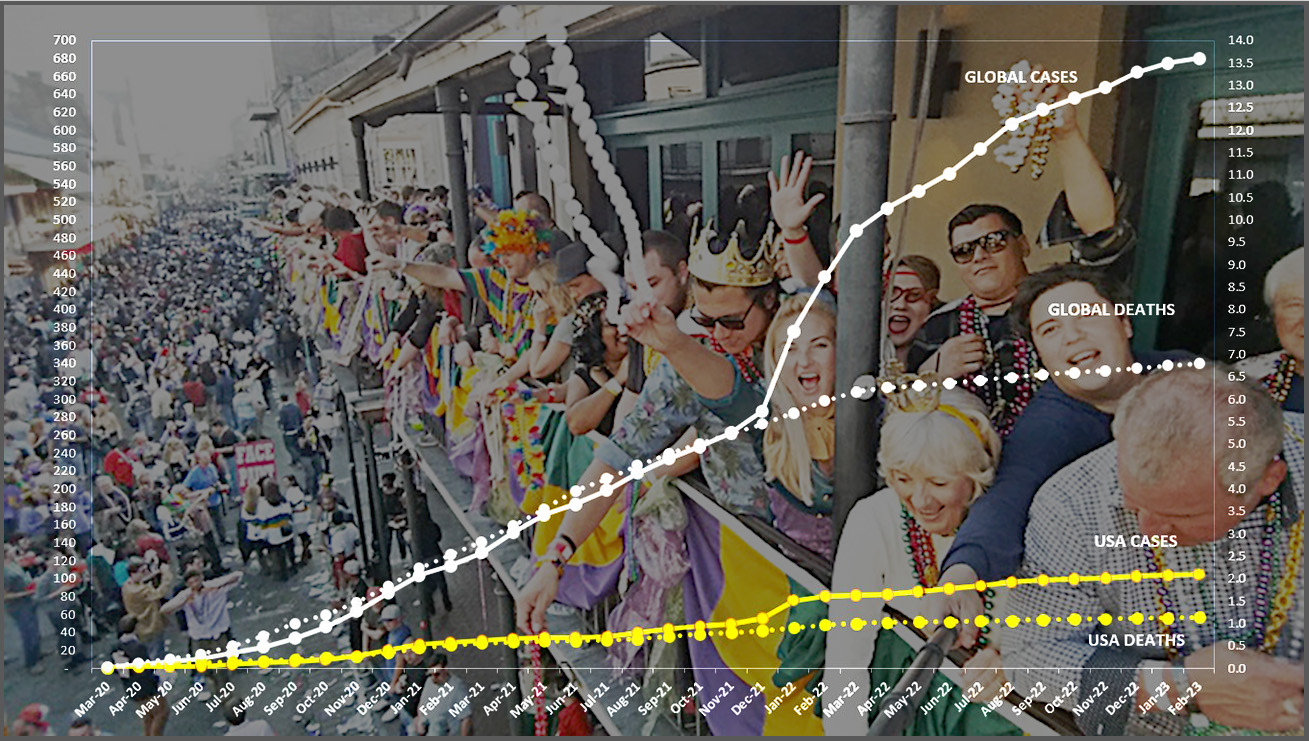
Making Information Make Sense

Strategic Planning
Strategic planning may seem an odd partner with our other services, but we are sure you will find that our experience in planning and corporate training adds depth and perspective to our services.
World class brochures, media and websites may impress, but if they don't match your mission and strategic plan they are little more than expensive decorations.
Tactics vs. Strategy
It is not unusual at all for organizations to respond to an immediate situation, or embrace a "cool" new approach, in a way that is tactical rather than strategic. Put simply, tactics (the things you do) must be integral with your long-range purpose and strategy.
If the corporate sense of mission is deeply engrained, such tactical responses may well be appropriate. However, consider this example. If you've ever done wilderness hiking or orienteering with only a compass and the barest of instructions (no map or GPS!), you have probably experienced how easy it is to drift when you can't set a bearing far enough in the distance. Being off a few degrees may not seem to make much of a difference for the first hundred yards, but done repeatedly, it won't take long before you're way off course.
Whether you call it a mission, a vision, or however it is referred to in the latest leadership training language, you need a reference point that defines "true north." It makes it much easier to say why you do what you do—and why you decide not to do other things.
Strategic planning is an extended process—and it should be ongoing. With technology and the impact of globalization moving at such a rapid pace, it is no longer possible to do a five- or ten-year plan. However, that makes strategic planning more rather than less important, precisely because the faster framework can force you to respond tactically rather than strategically.
Our general approach is to define three levels of corporate direction.
- Mission or Purpose—the core reason you exist, often including a sense of the values you wish to project to your various stakeholders and constituents.
- Vision—often used to provide motivation and a unique character to a particular campaign or project that may extend over a period of several years. This is a strategic level where you define broad, but measurable, goals.
- Action Plan—the tactical level where you develop objectives, which define in specific detail the methods, accountability and timeframe of individual steps required to reach your goals. In our work in technology planning, which now applies to many settings, we developed the "rolling action plan," which carries the vision forward no more than two or three years at a time, and is reviewed annually to make necessary adjustments and roll the plan forward another year, if needed.
The Strategic Context
Even if you have your strategic planning well in hand, we approach your information needs in a strategic context. This is usually done when we discuss a particular project, making sure it is using the best approach to reach the intended audience in a way that not only meets an immediate need but advances your long-range mission and vision.
Just once in a while let us exalt the importance of ideas and information.
On the InfoMatters blog…

COVID-19 Retrospective
May 12

Retrieving requested article...

COVID Perspectives for February
March 10

Retrieving requested article...

Strategic Planning
Strategic planning may seem an odd partner with our other services, but we are sure you will find that our experience in planning and corporate training adds depth and perspective to our services.
World class brochures, media and websites may impress, but if they don't match your mission and strategic plan they are little more than expensive decorations.
Tactics vs. Strategy
It is not unusual at all for organizations to respond to an immediate situation, or embrace a "cool" new approach, in a way that is tactical rather than strategic. Put simply, tactics (the things you do) must be integral with your long-range purpose and strategy.
If the corporate sense of mission is deeply engrained, such tactical responses may well be appropriate. However, consider this example. If you've ever done wilderness hiking or orienteering with only a compass and the barest of instructions (no map or GPS!), you have probably experienced how easy it is to drift when you can't set a bearing far enough in the distance. Being off a few degrees may not seem to make much of a difference for the first hundred yards, but done repeatedly, it won't take long before you're way off course.
Whether you call it a mission, a vision, or however it is referred to in the latest leadership training language, you need a reference point that defines "true north." It makes it much easier to say why you do what you do—and why you decide not to do other things.
Strategic planning is an extended process—and it should be ongoing. With technology and the impact of globalization moving at such a rapid pace, it is no longer possible to do a five- or ten-year plan. However, that makes strategic planning more rather than less important, precisely because the faster framework can force you to respond tactically rather than strategically.
Our general approach is to define three levels of corporate direction.
- Mission or Purpose—the core reason you exist, often including a sense of the values you wish to project to your various stakeholders and constituents.
- Vision—often used to provide motivation and a unique character to a particular campaign or project that may extend over a period of several years. This is a strategic level where you define broad, but measurable, goals.
- Action Plan—the tactical level where you develop objectives, which define in specific detail the methods, accountability and timeframe of individual steps required to reach your goals. In our work in technology planning, which now applies to many settings, we developed the "rolling action plan," which carries the vision forward no more than two or three years at a time, and is reviewed annually to make necessary adjustments and roll the plan forward another year, if needed.
The Strategic Context
Even if you have your strategic planning well in hand, we approach your information needs in a strategic context. This is usually done when we discuss a particular project, making sure it is using the best approach to reach the intended audience in a way that not only meets an immediate need but advances your long-range mission and vision.

Strategic Planning
Strategic planning may seem an odd partner with our other services, but we are sure you will find that our experience in planning and corporate training adds depth and perspective to our services.
World class brochures, media and websites may impress, but if they don't match your mission and strategic plan they are little more than expensive decorations.
Tactics vs. Strategy
It is not unusual at all for organizations to respond to an immediate situation, or embrace a "cool" new approach, in a way that is tactical rather than strategic. Put simply, tactics (the things you do) must be integral with your long-range purpose and strategy.
If the corporate sense of mission is deeply engrained, such tactical responses may well be appropriate. However, consider this example. If you've ever done wilderness hiking or orienteering with only a compass and the barest of instructions (no map or GPS!), you have probably experienced how easy it is to drift when you can't set a bearing far enough in the distance. Being off a few degrees may not seem to make much of a difference for the first hundred yards, but done repeatedly, it won't take long before you're way off course.
Whether you call it a mission, a vision, or however it is referred to in the latest leadership training language, you need a reference point that defines "true north." It makes it much easier to say why you do what you do—and why you decide not to do other things.
Strategic planning is an extended process—and it should be ongoing. With technology and the impact of globalization moving at such a rapid pace, it is no longer possible to do a five- or ten-year plan. However, that makes strategic planning more rather than less important, precisely because the faster framework can force you to respond tactically rather than strategically.
Our general approach is to define three levels of corporate direction.
- Mission or Purpose—the core reason you exist, often including a sense of the values you wish to project to your various stakeholders and constituents.
- Vision—often used to provide motivation and a unique character to a particular campaign or project that may extend over a period of several years. This is a strategic level where you define broad, but measurable, goals.
- Action Plan—the tactical level where you develop objectives, which define in specific detail the methods, accountability and timeframe of individual steps required to reach your goals. In our work in technology planning, which now applies to many settings, we developed the "rolling action plan," which carries the vision forward no more than two or three years at a time, and is reviewed annually to make necessary adjustments and roll the plan forward another year, if needed.
The Strategic Context
Even if you have your strategic planning well in hand, we approach your information needs in a strategic context. This is usually done when we discuss a particular project, making sure it is using the best approach to reach the intended audience in a way that not only meets an immediate need but advances your long-range mission and vision.
©2025 Stuart Johnson & Associates
Resouce Center | Contact Us
©2025 Stuart Johnson & Associates